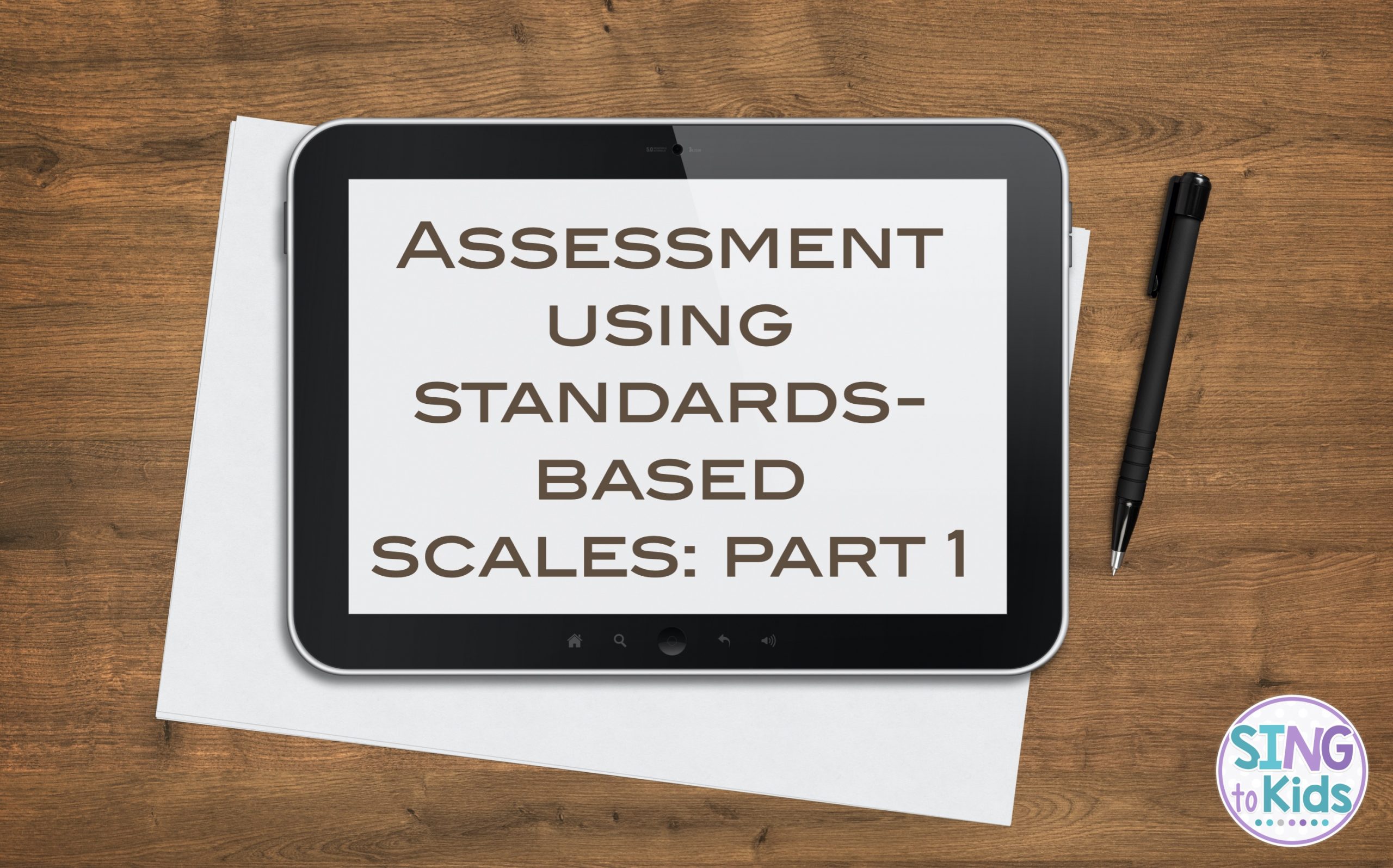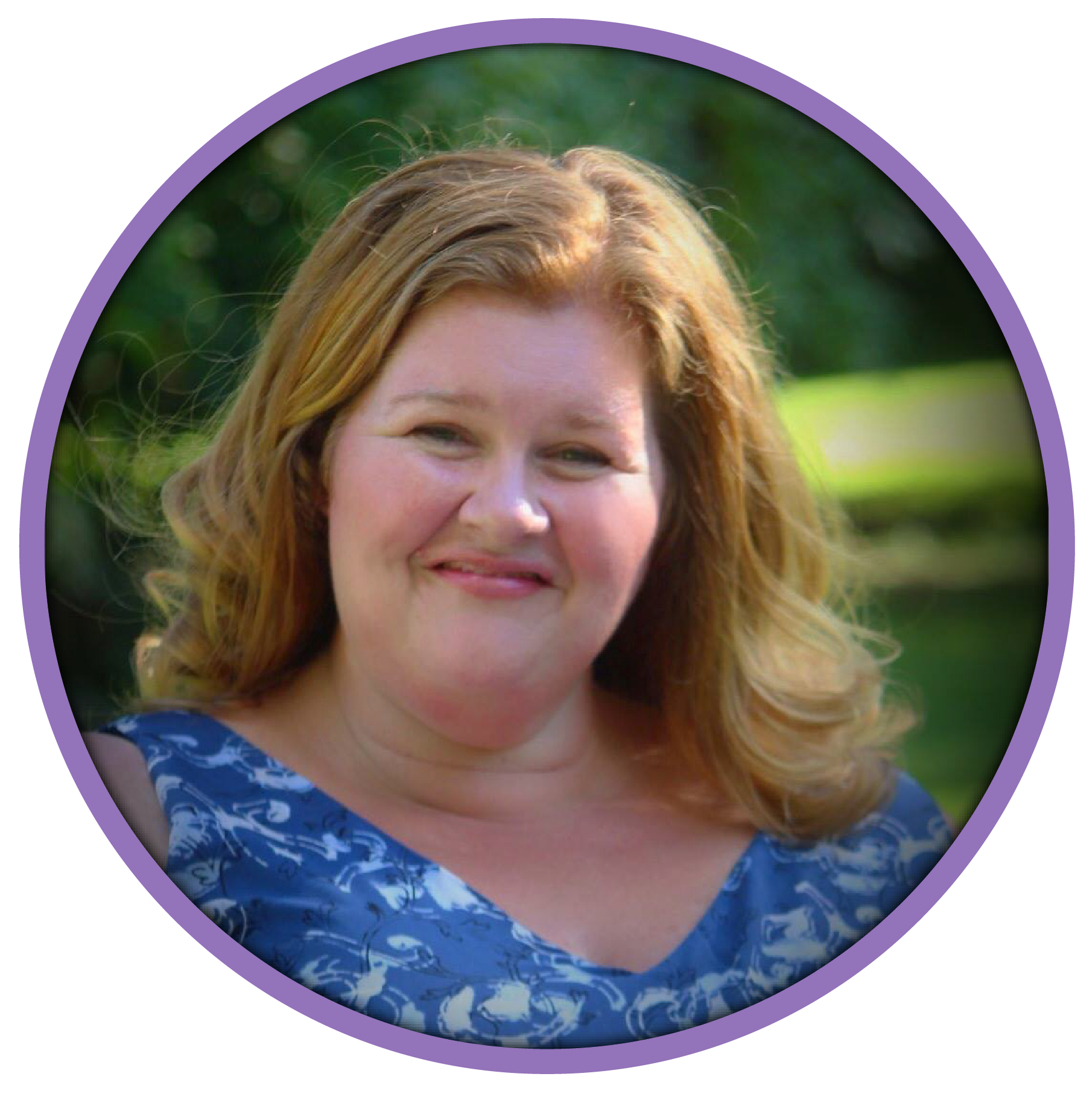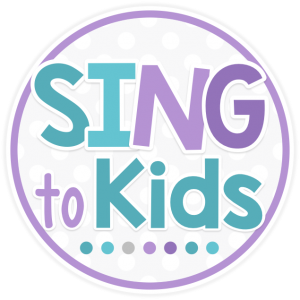
Wait, you have to assess?
Have you ever been asked by a colleague, “Do you have music standards?” Or been told, “I thought music was just singing songs and playing games!” Ask any music teacher if we have music standards or if we assess? The answer is always a resounding yes! But dig a little deeper and you’ll soon find out that making sense of our national and state standards and assessing music instruction can be a bit challenging. As educators, we know we are supposed to teach the music standards, but the reality is the standards are something that live on a website or in a binder, instead of something that truly guides our instruction. And grades? Yes, we assess, but more often than not, participation and engagement are reported rather than a true assessment of learning.
Why is this the reality of so many music educators? I think there are multiple reasons for this:
- Elementary methods class are typically a semester and there’s so much to cover that sometimes standards and assessment are not explained nor applied in depth.
- Many music teachers use a specific approach to music teaching (e.g. MLT, Orff, Kodaly) and don’t feel the sequence of their approach matches the sequence of the standards.
- Sometimes we are unsure of what to assess or how to assess it.
- Seeing students once a week (or less) makes many feel as though making time for assessment takes away from instruction.
- The sheer number of students we teach makes organizing assessment data difficult.
The reality is that all of these reasons are valid. But as educators, it’s our responsibility to grow and expand our practice. So let’s dig a little deeper into assessment and music standards.

Making sense of music standards
I think one of the biggest hurdles to making sense of music standards is that we are beholden to national or state, and district standards. Add to that the fact that many of us use sequences steeped in Kodaly, Orff, or MLT, it makes it even more challenging to know how to connect it all.
I teach in Michigan, and our first grade GLCEs consist of 30 standards organized across create, perform, and analyze. How do you begin to teach 30 standards with fidelity when you see your kids once a week for 30-40 minutes?
The truth is we don’t. Many districts have moved to identifying “power standards.” These are standards that every child must know before moving on to the next grade. In our district, we identified 3 power standards each for Create, Perform, and Analyze that our entire department agreed were essential to musical understanding across the curriculum. It’s not that the other 21 standards aren’t important, but most others standards can be addressed within a unit of study of one of the power standards. But identifying power Standards isn’t enough. We have to agree to assess them as well.
Why assess?
So, before I go any further, let’s make sure we’re all on the same page about assessment. I know there are many teachers who assess simply because they have to do it. I also know teachers who philosophically oppose assessing students because of the creative processes in music. Where ever you land on assessment, can we agree on a few things?
1. Meaningful assessment informs our instruction.
2. Purposeful assessment provides critical feedback to the learner to help them grow.
When I make time to assess my students, I get a daily snapshot of the how my students are learning musical content. Over time, I can observe within groups and individuals
- How students have demonstrated growth over the school year
- Where gaps in their learning have occurred
- Identify skills or concepts that may need to retaught
- Know when my students have achieved mastery and are ready for new content
So, how can I assess my students using standards-based scales? I’ll walk you through a step-by-step process for creating standards-based scales in my next post and offer suggestions for making it meaningful and manageable.





Your stuff is always so professionally produced and packed with valuable information, Jen. I really miss not seeing you over the past few years. I’m right now sharing links to your posts on assessment in response to some online masters students wondering about how to assess their own elementary kids. I hope the new year is off to a promising start for you despite the continued challenges.